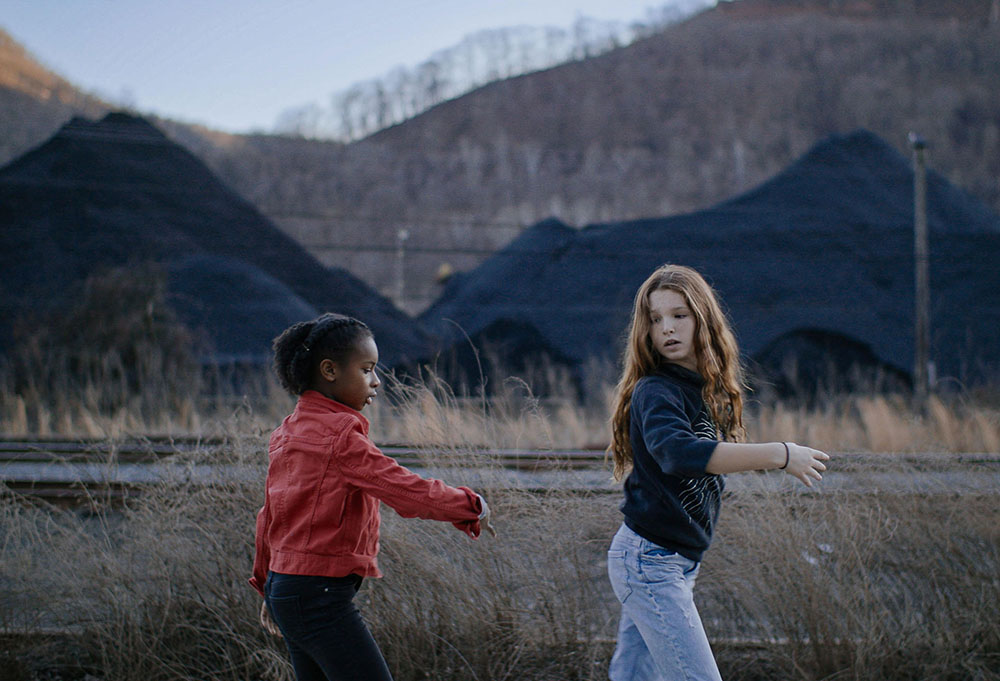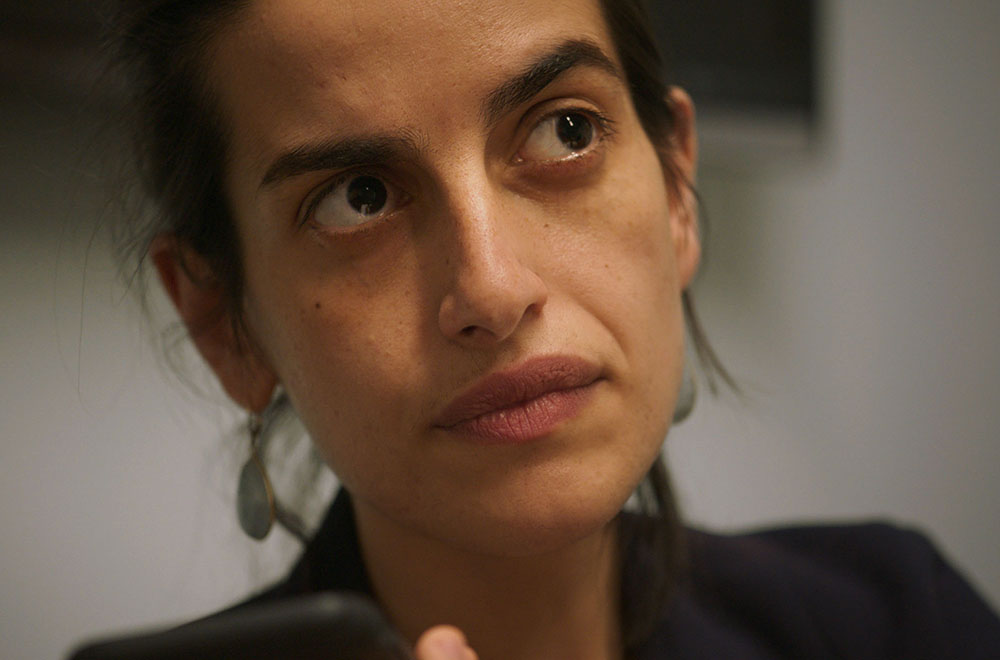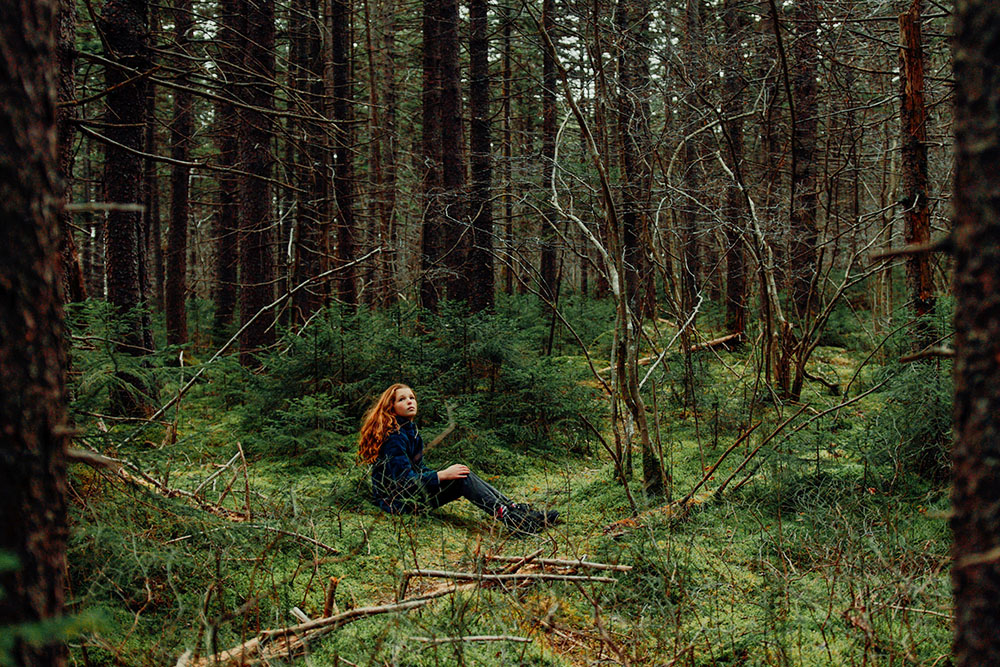One of the main things I admire about the Sundance Film Festival is how they select outstanding documentaries each year-round. It is incredible how every time the festival arrives, there are more than a handful of intriguing documentaries to watch and learn about. In the past few years, several documentaries have received praise — “Summer of Soul,” “Fire of Love,” “All Light,” “Everywhere,” “Descendant,” “Crimp Camp,” and many others have been acclaimed.
In these capsule reviews, I will be speaking about some of the most exciting (and best) documentaries that I watched at this year’s Sundance Film Festival, two of them which were playing at the U.S. Documentary Competition and the other in the NEXT program: “The Disappearance of Shere Hite,” “King Coal,” and “A Still Small Voice.”
‘The Disappearance of Shere Hite’ (Dir. Nicole Newham)

The first documentary I will discuss is Nicole Newham’s follow-up of her critically-acclaimed and award-winning documentary “Crimp Camp,” “The Disappearance of Shere Hite.” This effective and poignant work by Newham explored the titular subject’s groundbreaking 1976 report on female sexuality, what led to her erasure, and whether modern reinvigoration is near.
I have seen a lot of documentaries in which I don’t know much (or anything) about the subject prior. Sometimes, that might hurt the viewing experience because you feel distant towards the depicted topics. However, Nicole Newham’s latest takes this under consideration and adds layers to the film’s purpose of existing and its thematic coverage. Do you know who Shere Hite is? Most of us will probably say no. We wouldn’t have a clue. And that’s the exact answer that Newhman is looking for in the audience watching. Not knowing about her and her work in the ’70s and ’80s paves the way for the “vanishing” aspect in “The Disappearance of Shere Hite.”
This documentary covers the work of a sex researcher’s contributions to the feminist movement, where she did unorthodox yet pioneering studies of the intimate experiences of women with one of the bestselling books of all time since its publication, “The Hite Report” (1976). The purpose of “The Disappearance of Shere Hite” comes from its title. It has to do with the reasonings behind the erasure by society when her comments on sexuality and what sex means — its politics, self-knowledge, and emancipation — had the most effect. It challenged people’s previous and restrictive conceptions of the topic, paving the way for a broader conversation at a time when nobody wanted to talk about it out loud. In a way, she became a runner, a messenger. Hite wasn’t shy about expressing herself and delivered the statements of women’s secret confessions.
Of course, she received backlash, and many men bashed her work, deeming it as false pretenses of fictional actions. The archival television interviews demonstrated that she was, in most cases, ambushed by ignorant men who didn’t even bother reading the book. You begin to feel frustrated by this blatant thoughtlessness and cluelessness. As we see one interview scene after the other, it makes you feel even worse for her. What was meant as a discussion turns into an interrogation of some sort. Newham wants to showcase the impact Shere Hite had during the ’70s and ’80s and compare it to the present, where her words are impactful and invigorating to this day, yet her name is erased from society.
Many will argue that the documentary didn’t press as much into Hite’s methodology and the complicated reputation within such research. However, Newham wants to showcase her censoring so that the viewer can research her methods afterward, coincidentally (hopefully) creating a reinvigoration of her work — breathing new life onto her observations and investigations. That makes “The Disappearance of Shere Hite” stand out compared to other documentaries that might cover similar topics.
Grade: B
‘King Coal’ (Dir. Elaine McMillion Sheldon)

The second film on the list is “King Coal” by Elaine McMillion Sheldon, a poetic and atmospheric portrait of Central Appalachia — the community’s identity and its relationship to the black combustible sedimentary rock. While there are moments that feel distant, Sheldon’s portrayal of their past, present, and future (with or without the coal that shapes them), in its majority, is alluring.
“This is a place of mountains and myths.” These lines are spread through Elaine McMillion Sheldon’s “King Coal,” referring to the Central Appalachia setting it takes place. Through montages of forests, mist-covered mountains, ever-flowing rivers, and, of course, ships carrying coal, McMillion Sheldon takes us on a journey that reflects on the small community’s identity and how coal, one way or another, shapes it. However, through the eyes of the sixth-grade narrator, we also get to see how their lives are beyond the coal that surrounds them. Even if it’s an essential aspect of their lives, it doesn’t own these people. Instead, they have dreams and aspirations for other things unrelated to coal. Sheldon wants to share the yearning for forthcoming stories. The various questions and remarks about aspirations our narrator asks/tells us in the documentary’s runtime pave the way for this discovery.
“King Coal” makes us want to reflect on our own similar yearning outside of traditions or expectancies thanks to its smooth editing in its array of collages. Of course, we embrace them, but it doesn’t have to fuel our entire being. The nuanced descriptions of the lands and its people are touching, although occasionally distant. While there might be some outlying sections, you are still intrigued, thanks to Sheldon’s poetic and atmospheric imagery. The concluding lines are, “If you’re hearing this, seeing this, know that his place knows how to dream.” And you are raptured into the dreamy atmosphere through Sheldon’s vision and directorial instincts, fueled by love and respect for the setting it’s capturing. Her statement is clear and ends with a funeral that follows traditional burial rituals. Light is finally appearing in a town covered with darkness.
There’s a future that’s built founded on the past, one that doesn’t rely on the black rock. The end of one story embraces the birth of another. That’s why “King Coal” ends up as an engrossing watch. I can’t wait to see what Elaine McMillion Sheldon has to offer next because her vision is acute, and her directorial skills are sharp.
Grade: B-
‘A Still Small Voice’ (Dir. Luke Lorentzen)

The third documentary in this selection of capsule reviews is “A Still Small Voice” by Luke Lorentzen, which might be the best documentary I saw at Sundance – a meditation on faith, loss, and professional sustainability. It is told through the respectful and empathetic eyes of an aspiring chaplain in her year-long residency during the pandemic.
“A Still Small Voice” follows Margaret “Mati” Engel, a chaplain-in-training at the Mount Sinai Hospital in New York City, and her direct supervisor, Reverend David Fleenor, the Director of Education at Mount Sinai. Mati is on track to finish her year-long residency in the spiritual care department, where she offers emotional aid to patients grappling with uncertainty, trauma, grief, and distress. While all of this seems right up my alley, there’s a big (yet unexpected due to its release) detail that brings more impact onto the film. Her residency occurred during the pandemic in 2020 and 2021 — two of the deadliest years in the United States’ recent history.
In situations like these, lots of people were dealing with what seemed like hopeless situations. However, “A Still Small Voice” finds hope and meaning in those moments where everything isn’t going their way through Mati’s discussions with the hospital’s workers and the patients coming and going. On the other side of the documentary, there’s David’s internal fight with sustaining passion for a job he once treasured and doing his best to offer guidance to the residents, including Mati. Both Mati and David are contemplating their faith and how loss affects their professional sustainability. Imagine the hard times we faced locked up in our rooms and then seeing them trying to console people and their existential angst. It is evident that they need support and guidance because what they are going through is hard to imagine. Nevertheless, how can they provide support if everything around them seems dimmed in darkened despair?
“A Still Small Voice” isn’t entirely melancholic, but it embraces the fight we have when the chips are down. It is hard to see, yet, right in the middle of it, there’s hope lingering around through the small moments of happiness and bliss. Because “A Still Small Voice” captures complicated topics and “doctor-patient” relationships during a time when many people were struggling, you might think that it may push its boundaries. However, director Luke Lorentzen is careful, respectful, and empathetic to the people in his work. We understand their decisions and the reasonings of why they act in such a manner while dealing with patients or on their off days. Lorentzen shows, in all of its positive and negative aspects, the toll that job takes on the documentary’s subjects and the faults the program has, which often leads to inner scars, to the point where some don’t recover properly.
They leave in search of something else that doesn’t drain their essence. The poundage of their work is unmanageable in most scenarios, both physically and emotionally, and to see how Mati and David deal with that daily causes “A Still Small Voice” to feel impactful and captivating.
Grade: B+
Sundance Film Festival concludes January 29th, 2023. Follow us for continuing dispatches, reviews, capsules, and wrap-ups.


